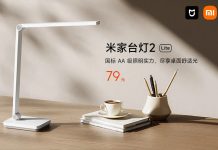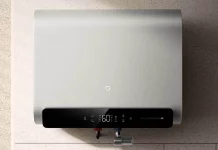Even though we bought this phone as soon as it went on sale, the time to test it was still a bit short. We want to get to know the phone in detail as much as possible, so we’ll split this full review into two parts. One is just about photography, the other for everything else. After all, it takes time to shoot good photos and dive deep into the science and effort behind it.
In this video, we will show all the details except the camera. Let’s see how the Xiaomi 13 Ultra really performs as a flagship phone.
Design
Xiaomi 13 Ultra has been released for a few days now, I don’t know if you guys have gotten used to the design, but I have anyway. If you think of it as a camera, it’s actually quite impressive. With the gold lens ring, white leather texture, and metal frame on both sides, this could be your first “Leica camera” without being too expensive.
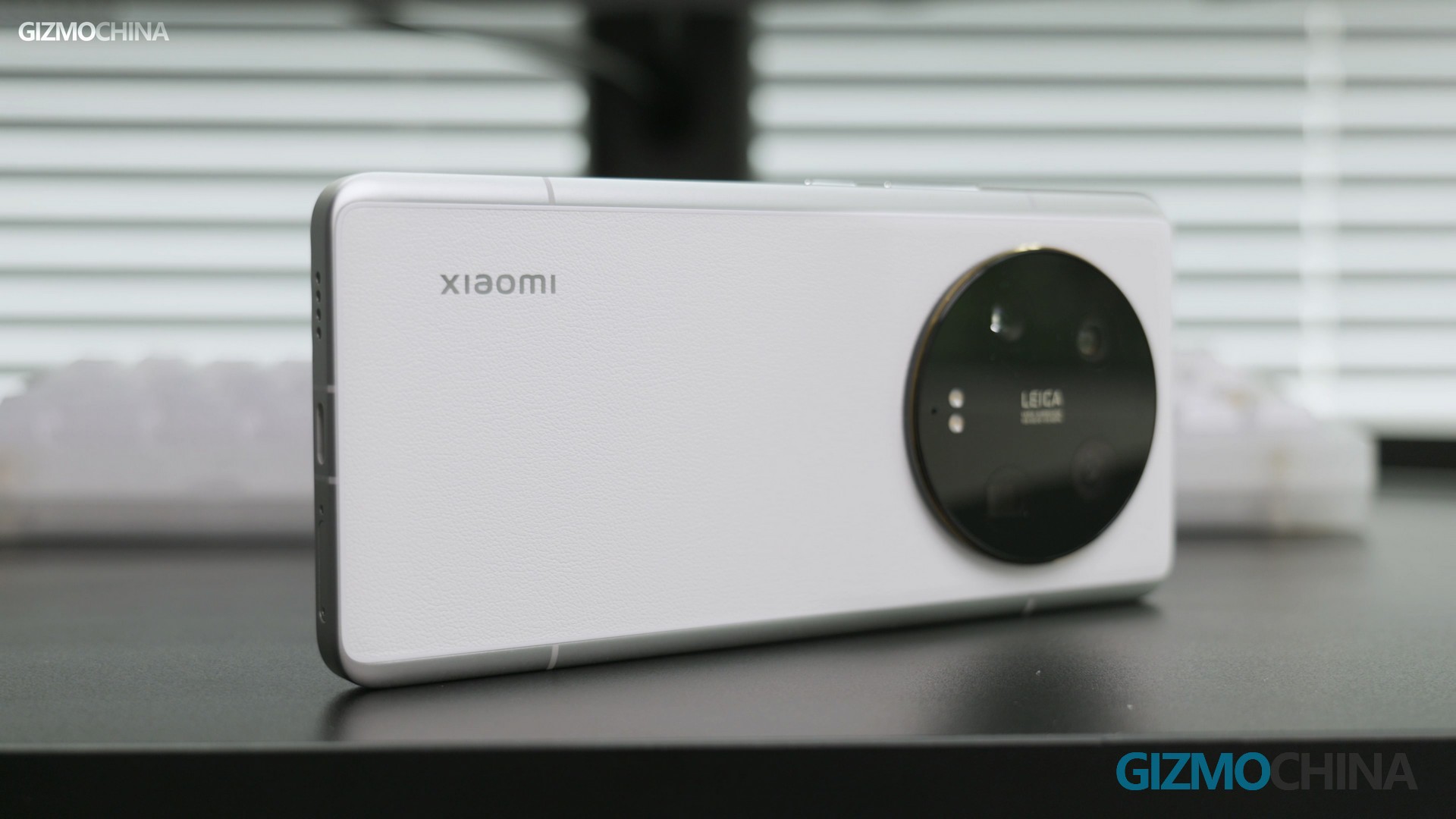
As a phone, I can hardly say it looks good. I’m not going to criticize its weight or thickness either, because flagship phones from other brands are also the same. This unusual frame doesn’t pinch your hand as much as it looks, and it has an extra benefit: because it extends to the back panel, it completely wraps around the four corners, this way the vegan leather won’t be worn down easily.
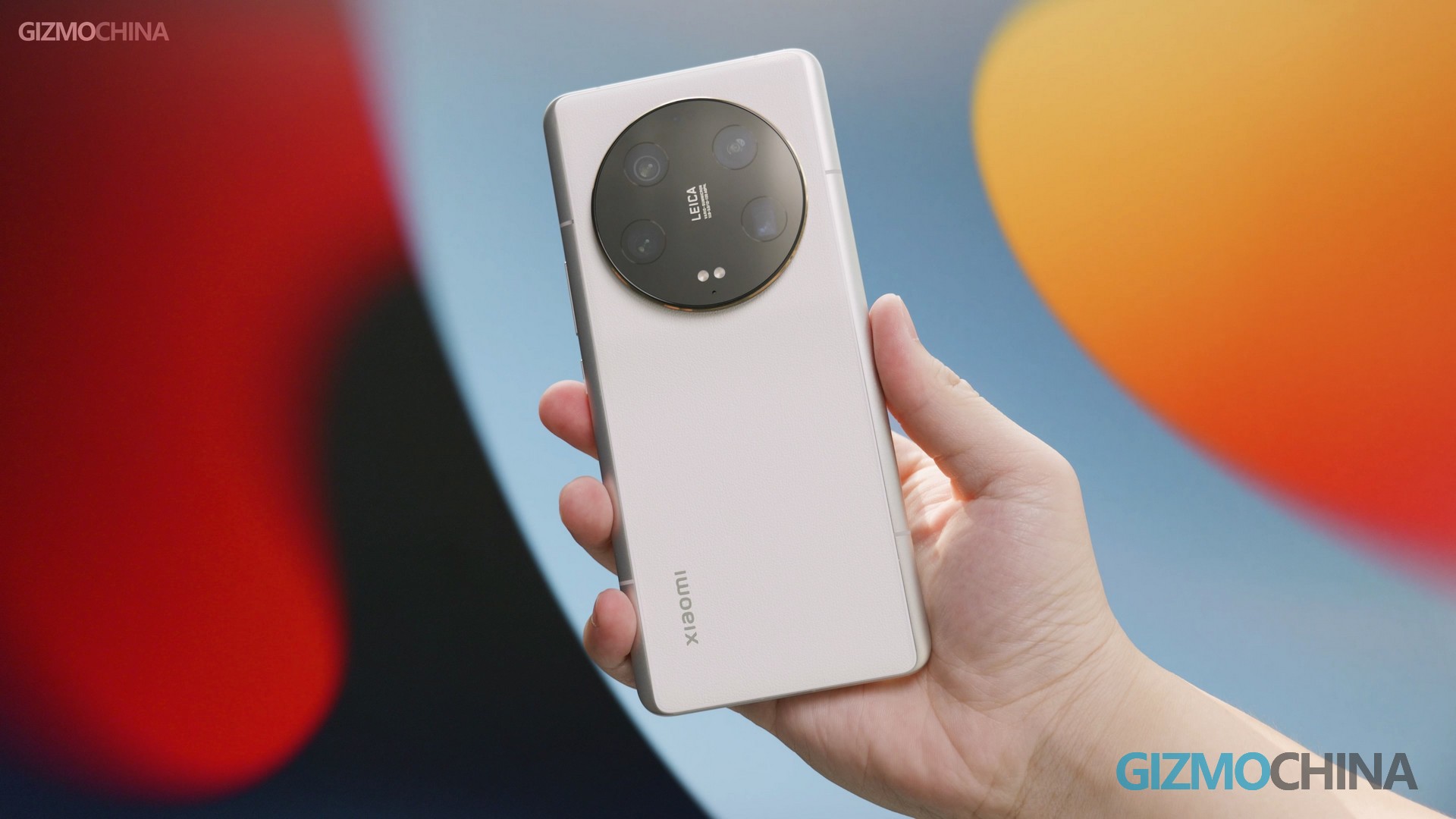
The phone sacrifices too much for the large camera module and the back panel is designed with a slope in order to look like it’s not bulging too much. If you have big hands, chances are your fingers will always touch the camera module, and it takes time to get used to it. The maximum thickness of the camera area has reached 1.5cm, this must be annoying to many people.
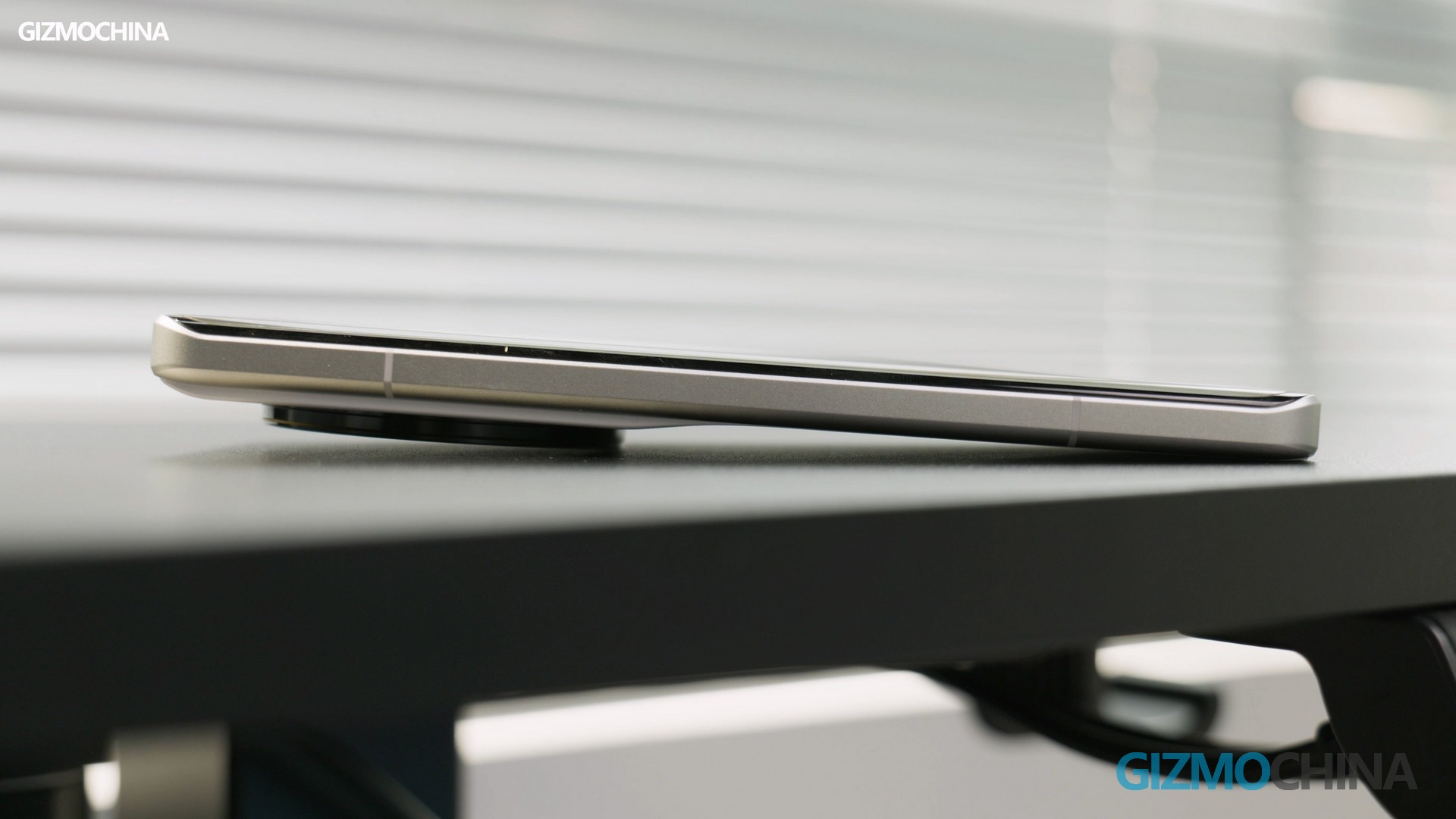
The most exciting thing about the 13 Ultra is that USB has finally been upgraded to 3.2 Gen 1, with a theoretical maximum speed of 5Gbps and support video output. Thank goodness. The wish I made in the 12S Ultra review has finally come true: I’m alive and well, and Xiaomi is finally using USB 3.2.
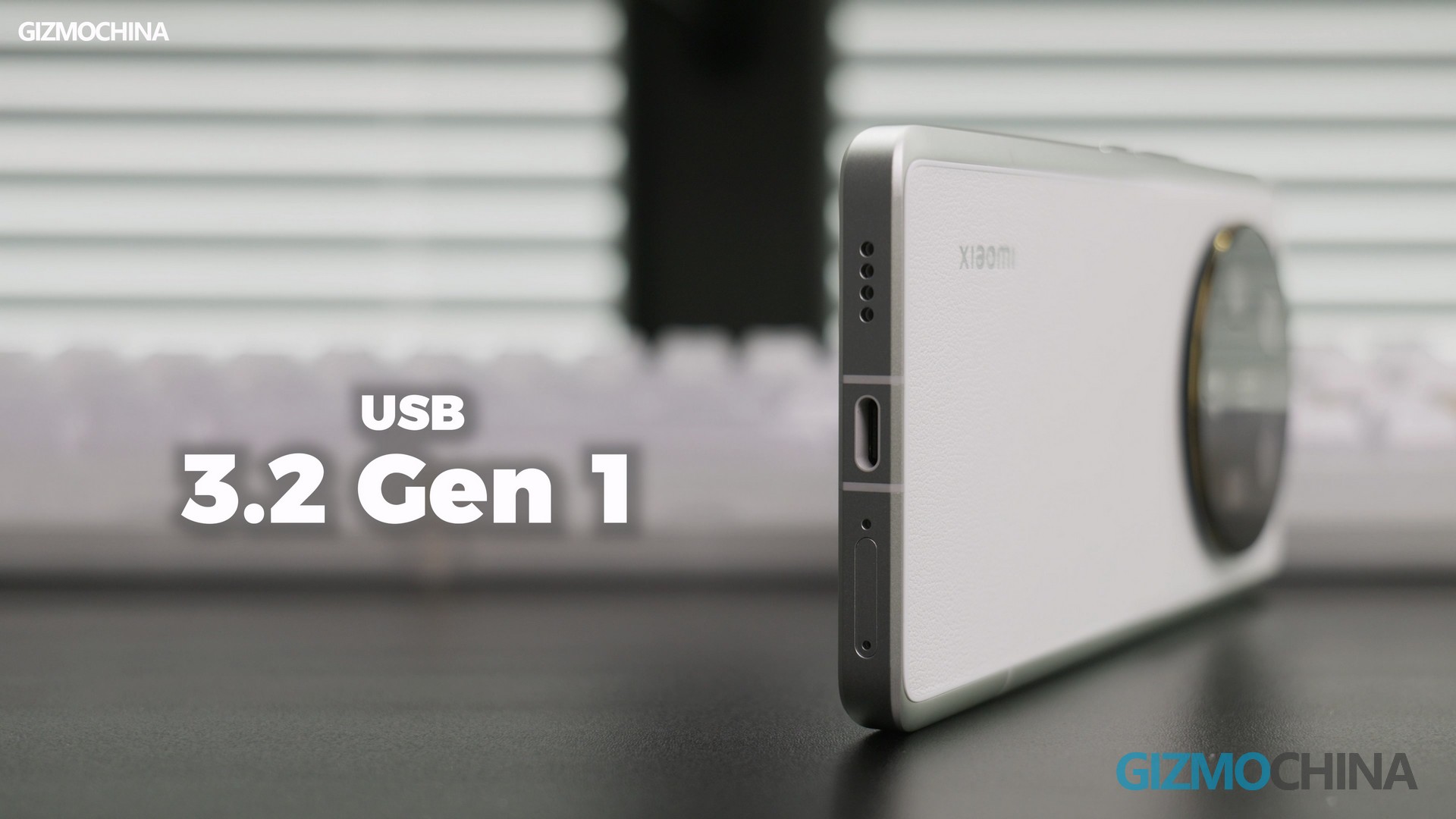
Display
Xiaomi 13 Ultra does not use the top Samsung panel as the screen this time.TCL as a perennial partner of Xiaomi offered the latest C7 panel for the 13 Ultra. This is the first 2k resolution and LTPO-supported panel made by a Chinese screen manufacturer, which is as responsive and theoretically power-saving as the screens we’ve used before. LTPO is as responsive as some top screens out there, but not quite effective at low brightness, which is the same in Samsung screens.
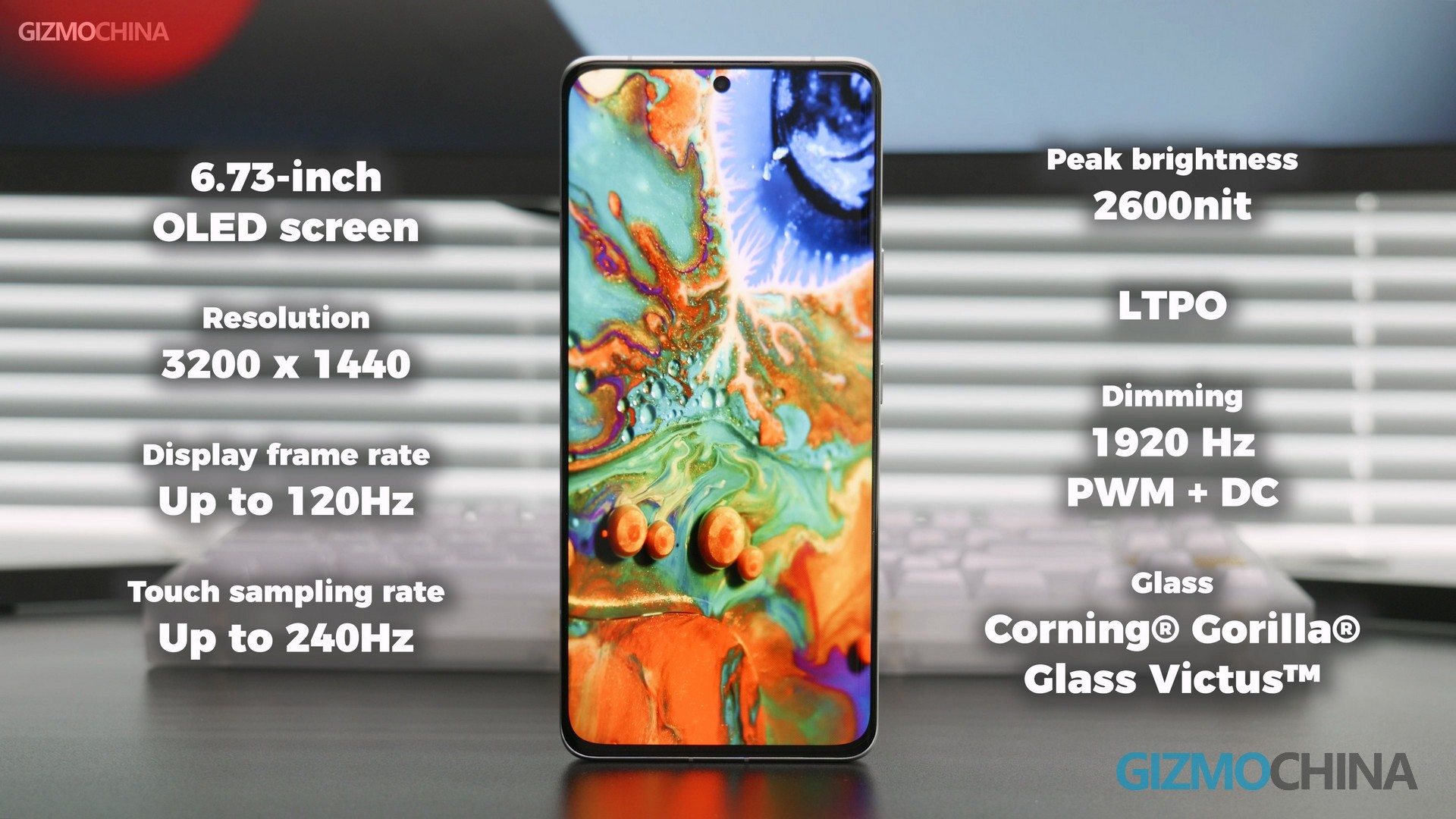
What’s different is that the 13 Ultra can use DC dimming at high brightness and 1920 Hz PWM dimming at low brightness, it doesn’t require you to turn on any switches. People who are fans of low-frequency PWM dimming should be very ecstatic to see it on flagship phones.
The 13 Ultra has a very bright screen, with a peak brightness of 2600 nit, and 1200 nit full-screen brightness, but this happens only if there is bright light. If you are indoors, the maximum manual full-screen brightness is only 500 nit. This is an old Xiaomi phone problem, but the good news is that HDR video will not be affected, which is not a big problem.
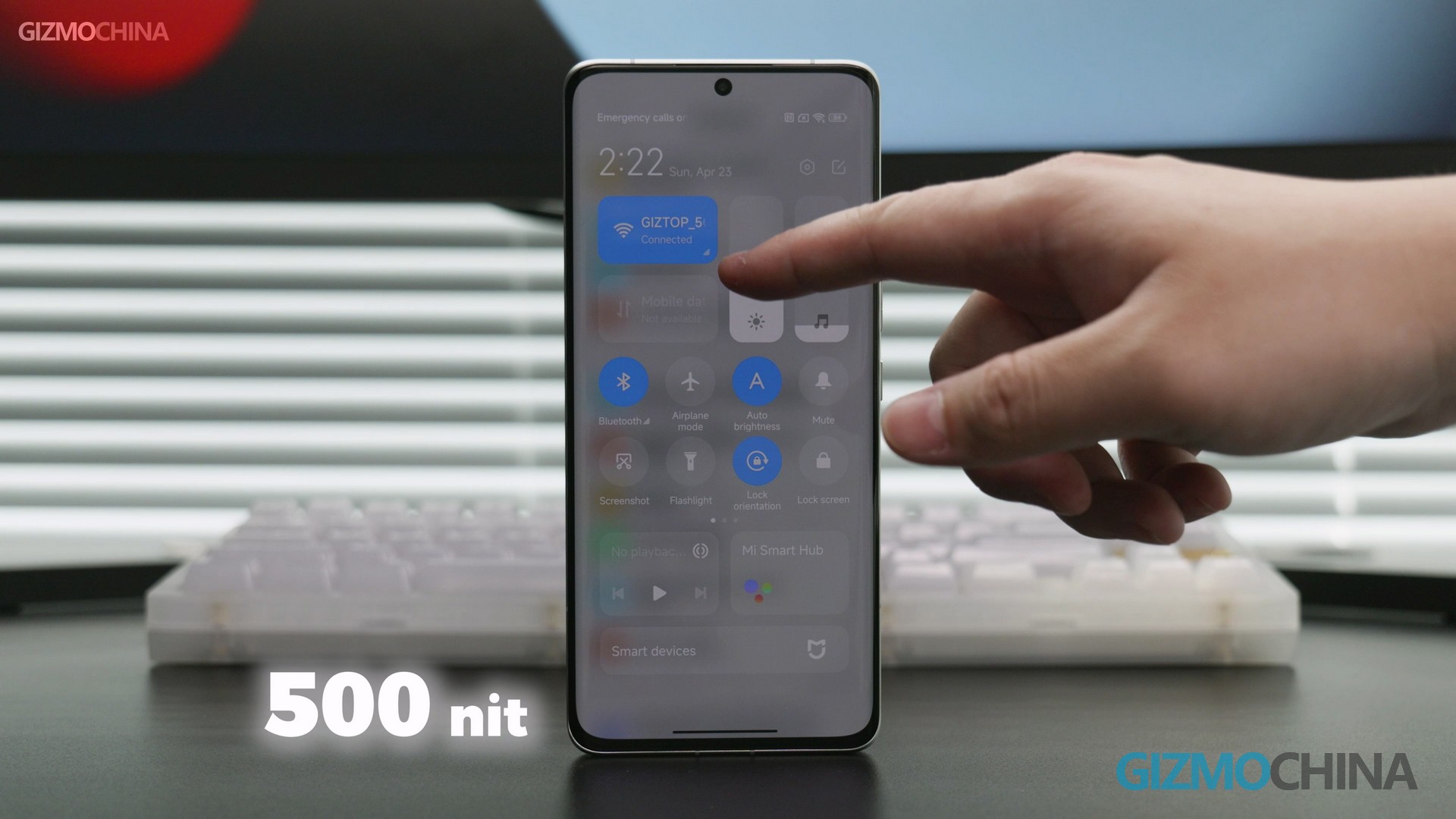
When you click on Color scheme Setting, you will find that the default setting is no longer Vivid mode. This default Original color PRO mode refers to the CIE 2015 standard of tuning, any device with a different spectrum that follows this standard would still display the same color. Simply put the devices that use the unified standard look exactly the same.
The protective glass is also Corning Victus, and there really isn’t much else to complain about it. This time, unlike the Mi 10 Ultra, TCL has really done its best and you can really trust the Chinese display one more time.
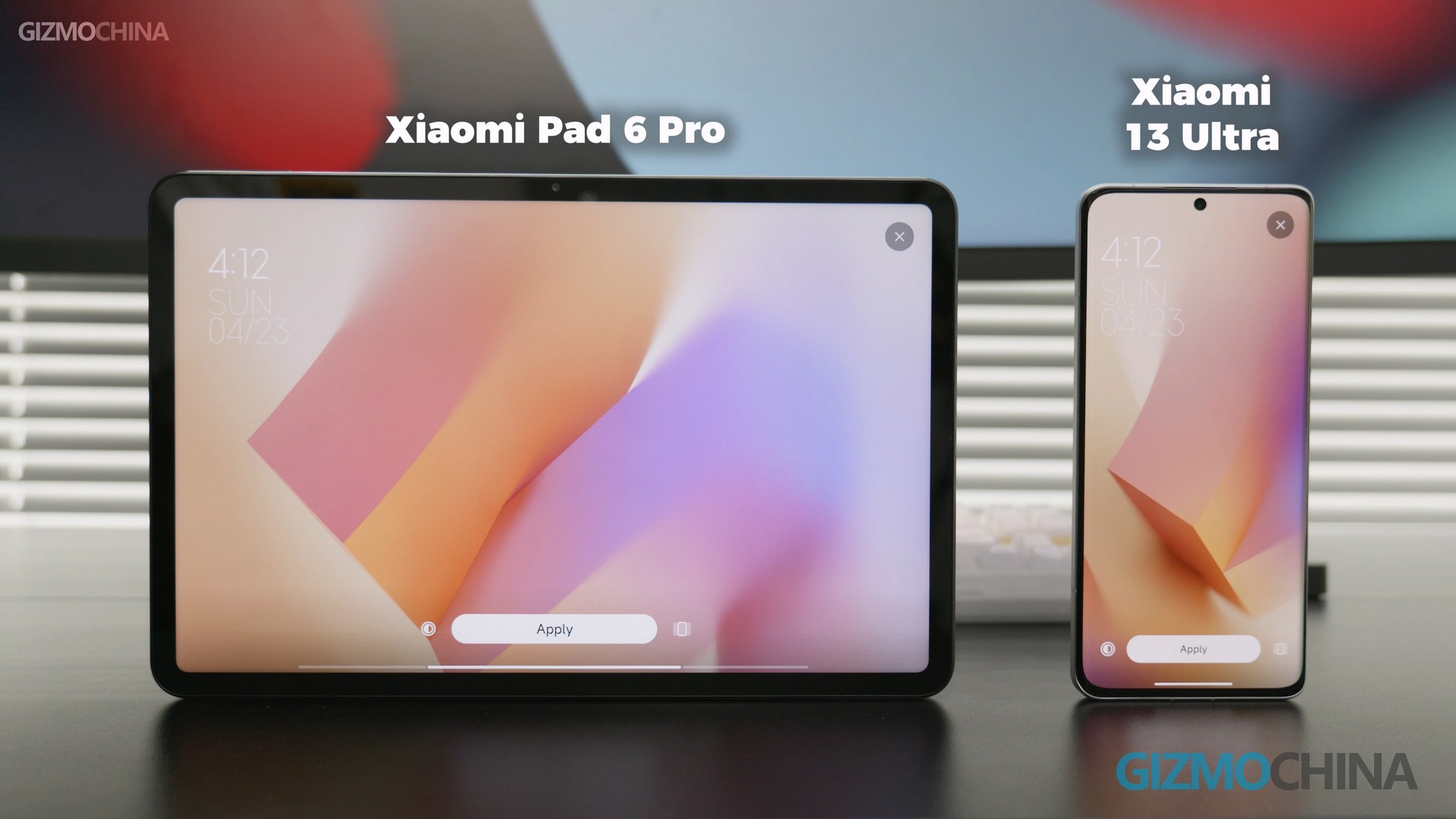
Performance & Gaming
Let’s talk about the performance that few people pay attention to on this phone. Although it isn’t the main selling point of the 13 Ultra, testing is still essential. A few Benchmarks show that the peak performance is as good as any other flagship phone, but it cannot last long. Although Xiaomi has designed a new cooling system for the camera and the motherboard design is non-stacked, the results don’t seem to be good.
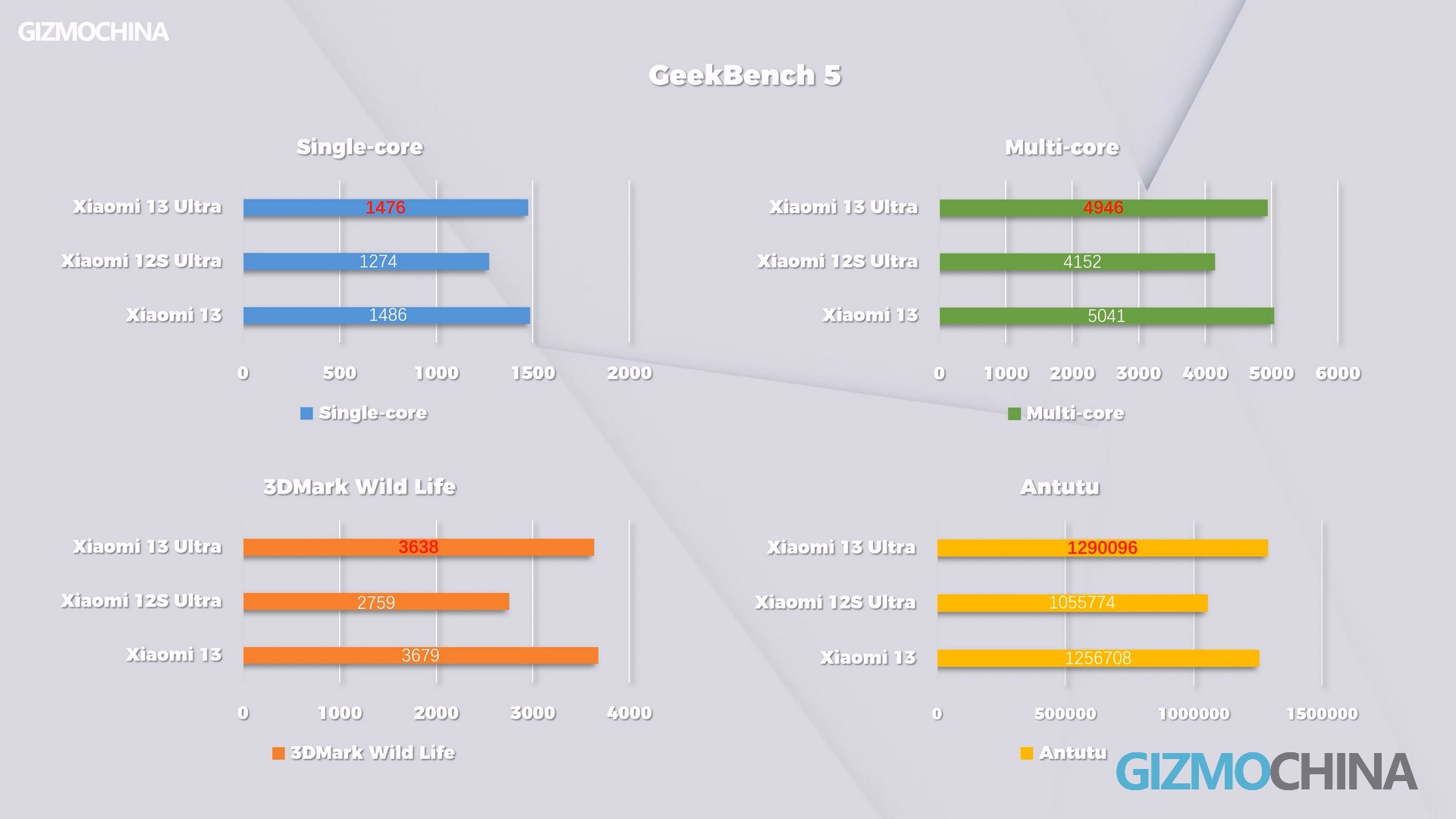
You can clearly see in the game that the full power output won’t last long. 7 minutes later the frame rate will slowly drop and eventually stay at around 47fps. Even so, the power consumption and temperature are quite high, especially the frame temperature. Because the metal has good thermal conductivity, you will feel this area is particularly hot.
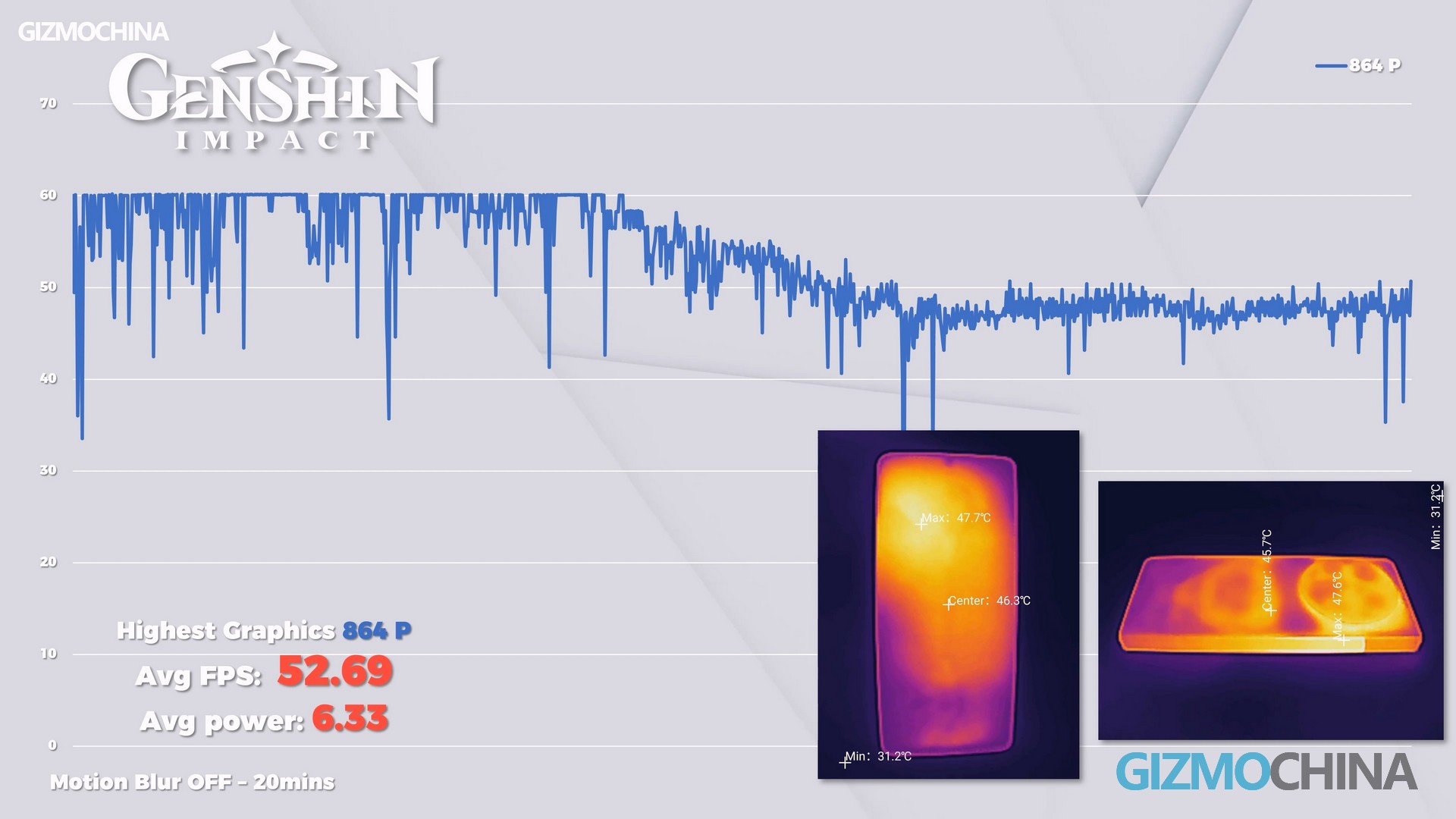
The resolution of Genshin Impact on the Xiaomi 13 Ultra is supported up to 864P, but at the same time, it requires more output for CPU and GPU. Plus it’s a 2k 120Hz screen, so it is understandable that the power consumption and temperature are a little higher. Then I lowered the image quality and tested it again, and it performed much better. The temperature and power consumption has become lower, the gaming experience is smooth and stable.
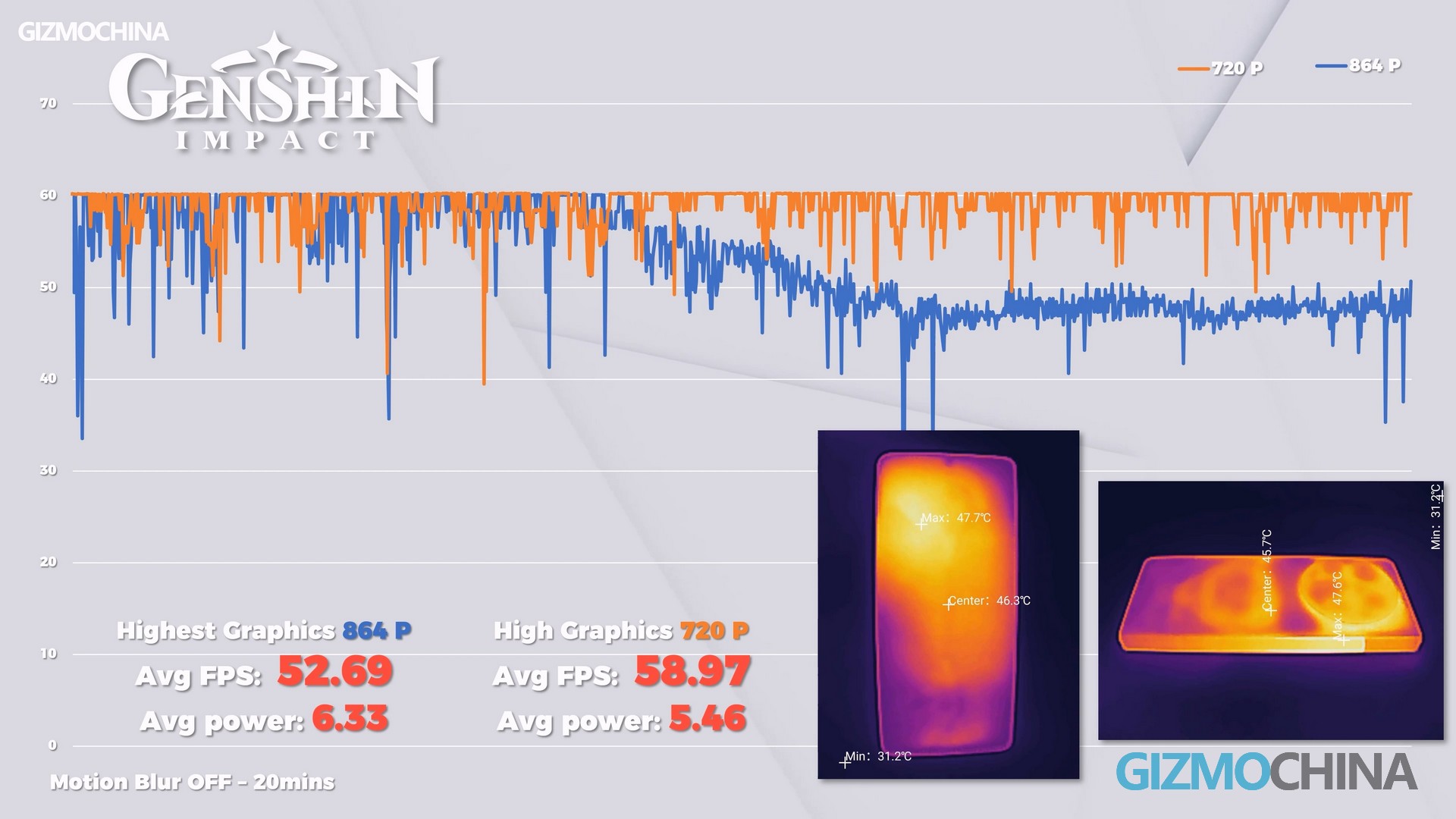
When reviewing a flagship phone that focuses on photography, I generally lower the standard of gaming performance. Because whether it’s iPhone or Samsung, vivo or OPPO, their flagship phones are about the same level, or worse than I expected.
Speaker
Compared to the 12S Ultra, one obvious change is the disappearance of the Harman Kardon logo, but it does not mean that the sound quality is worse, personally, I even think the 13 Ultra is instead the better one. The main difference is the soundstage, the 13 Ultra will have a larger soundstage and will not sound too flat. I have put the speaker test in the end part of the video, you can listen to it for yourselves.
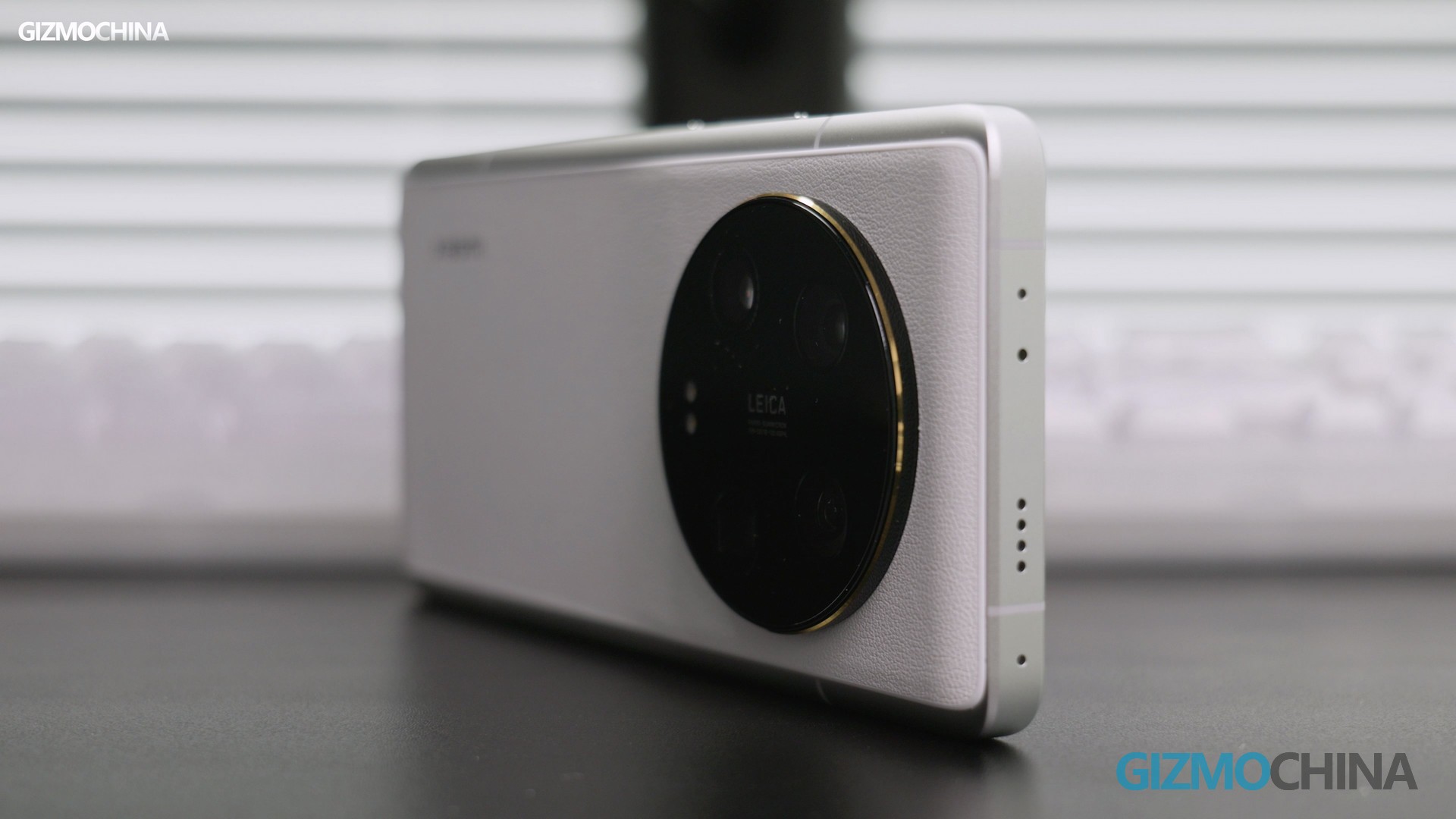
Battery & Charging
Xiaomi’s flagship phone has finally said goodbye to 67w charging. While 90w isn’t a particularly fast charging speed either, it’s commendable to see such progress. Five minutes to charge 22% and 40 minutes to fill. Battery life didn’t surprise us either, after all, this 2k 120Hz screen is really power-hungry. So as for charging, it’s kind of just above the pass line.
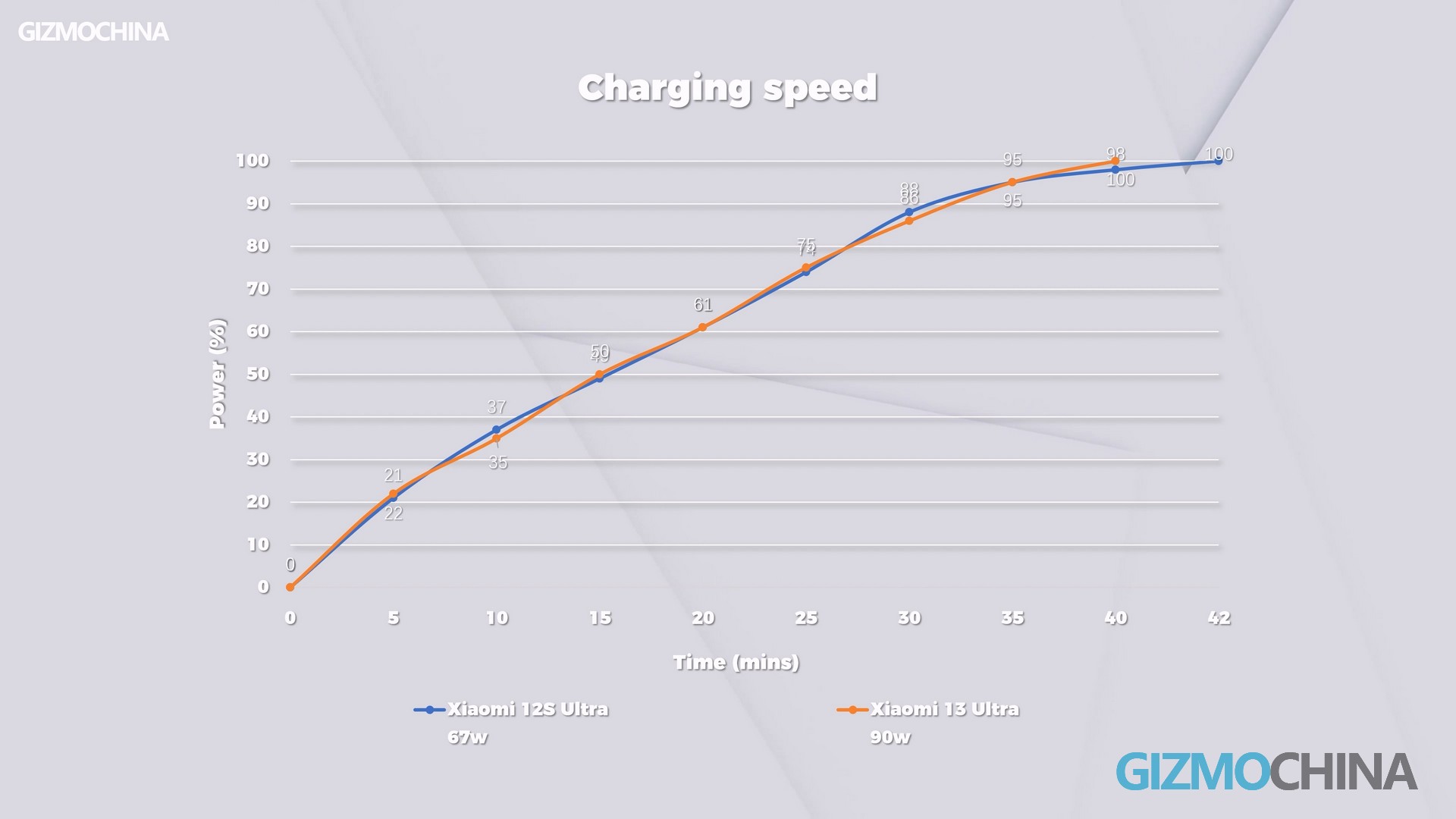
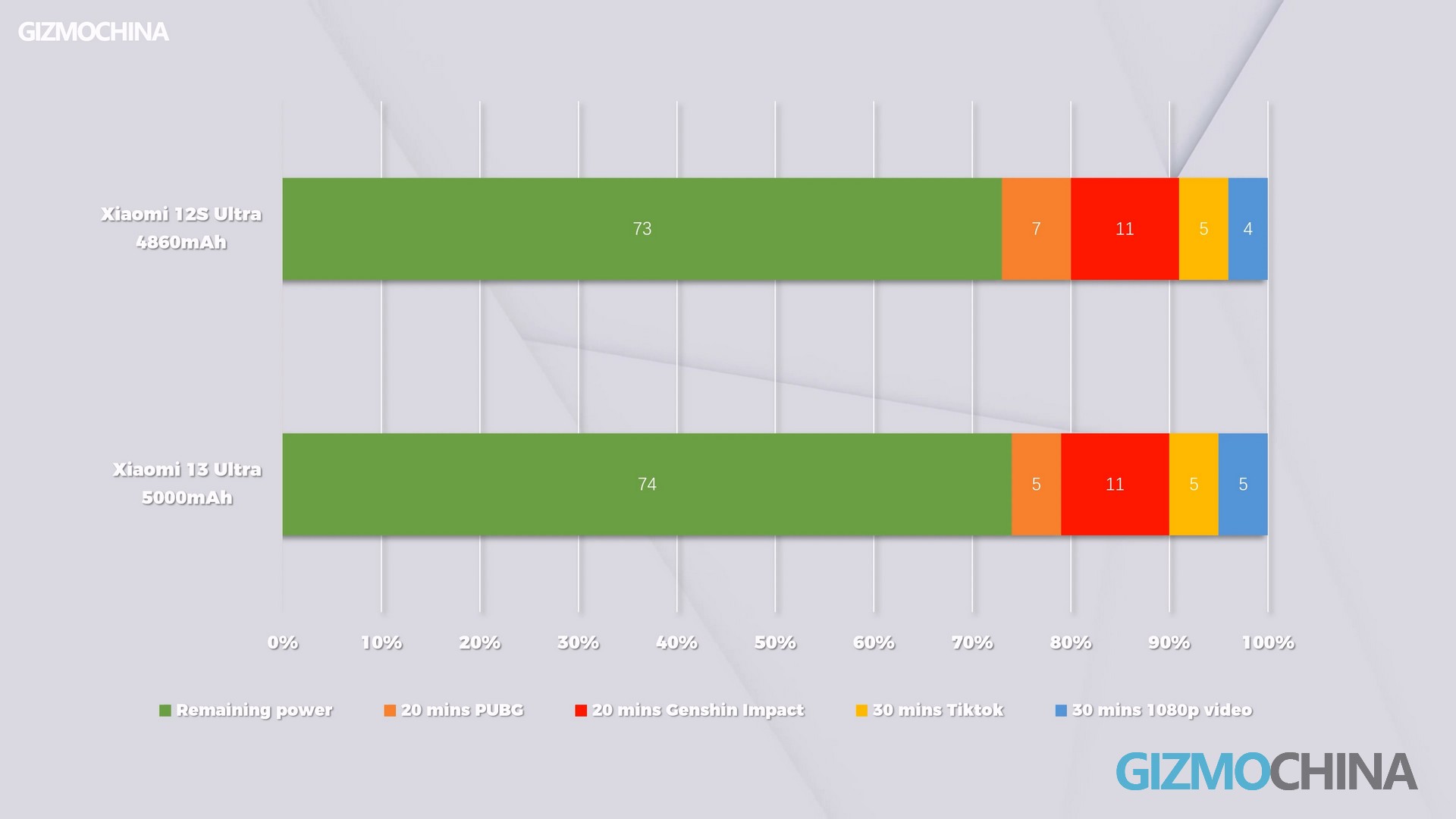
The 90w charger is still with a USB-A port, and there are few charging protocols. But the cable is still USB 2.0. Bro, your phone is already USB 3.2, why do you still use a 2.0 cable? It seems my new wish this year is to see USB 3.0 cables on a Xiaomi phone before I die.
It can reach 23w using a third-party PD charger on 13 Ultra, which is relatively better compared to other Chinese brands. But the wireless charging coil is forced to move downer because of the large camera module, so not all wireless charging docks are supported. At least not with my Xiaomi 30w wireless charging dock.
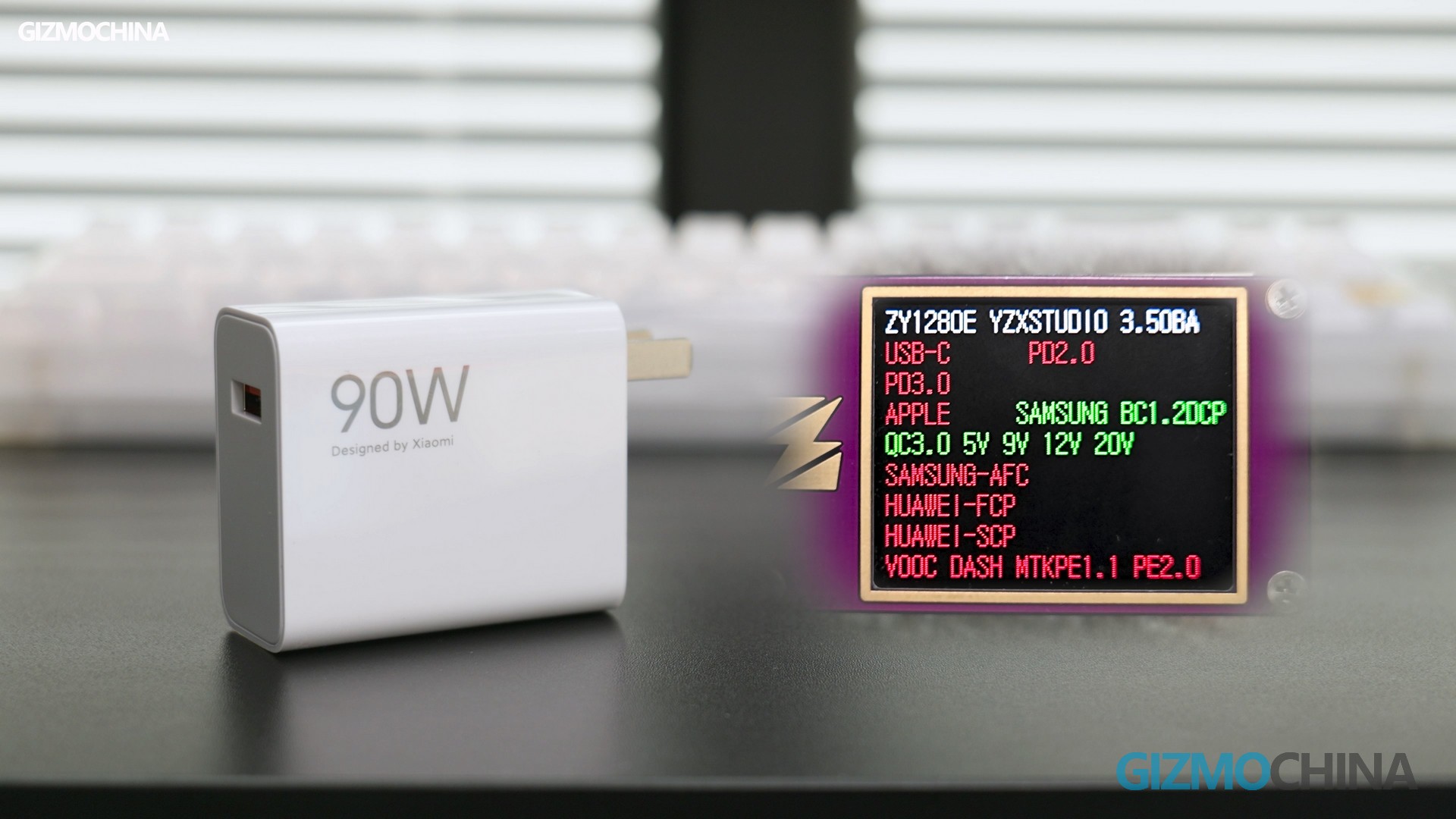
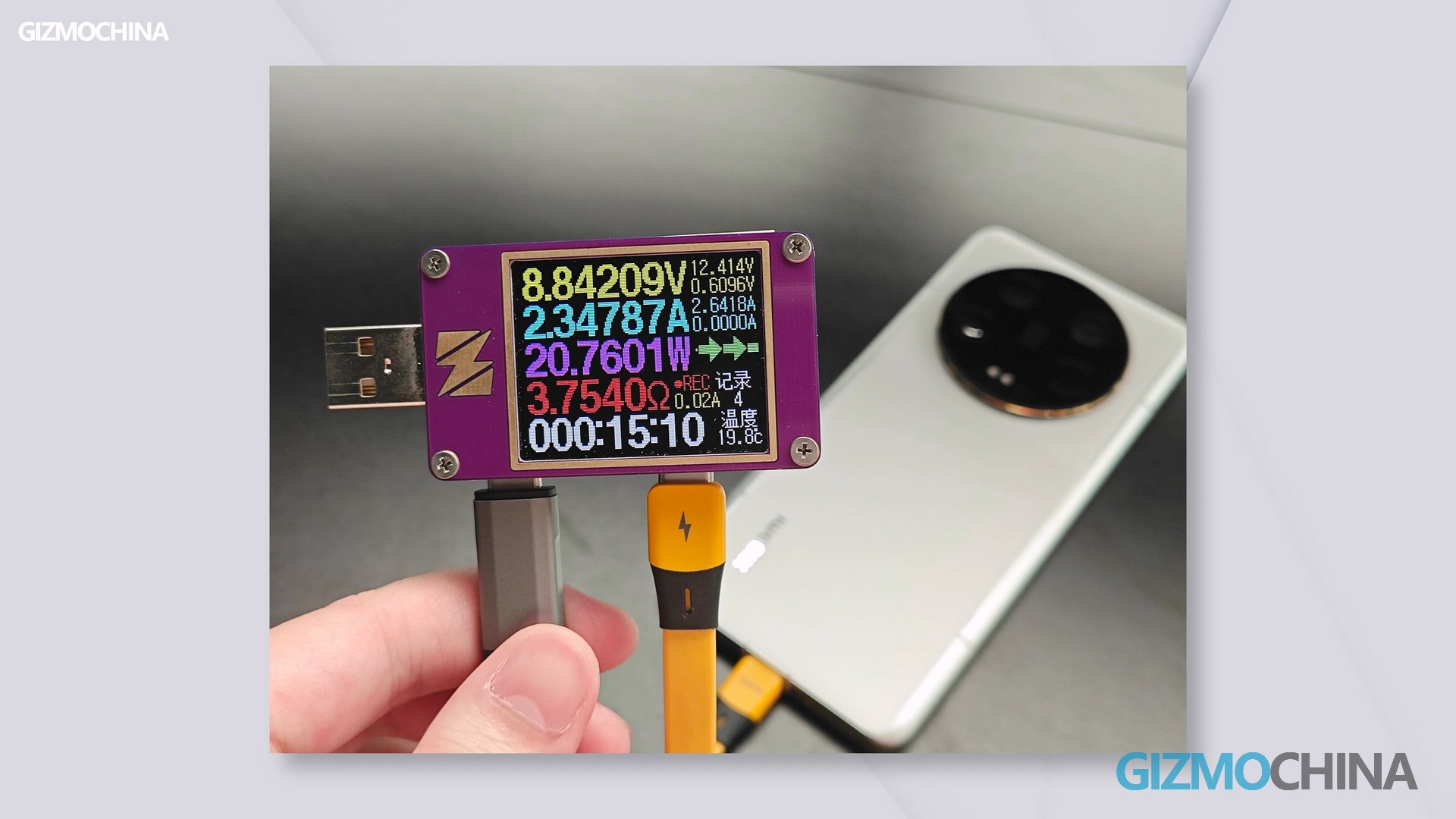
As a flagship phone, the Xiaomi 13 Ultra is an average performer. It’s not much of an upgrade over the 12S Ultra, but perhaps the more unique design is its biggest upgrade. Anyway, It is unfair to review a flagship phone without talking about the camera, so I’m not going to jump to conclusions here yet. Please wait until I take some photos with this phone, then I’ll tell you what it’s really good at.


